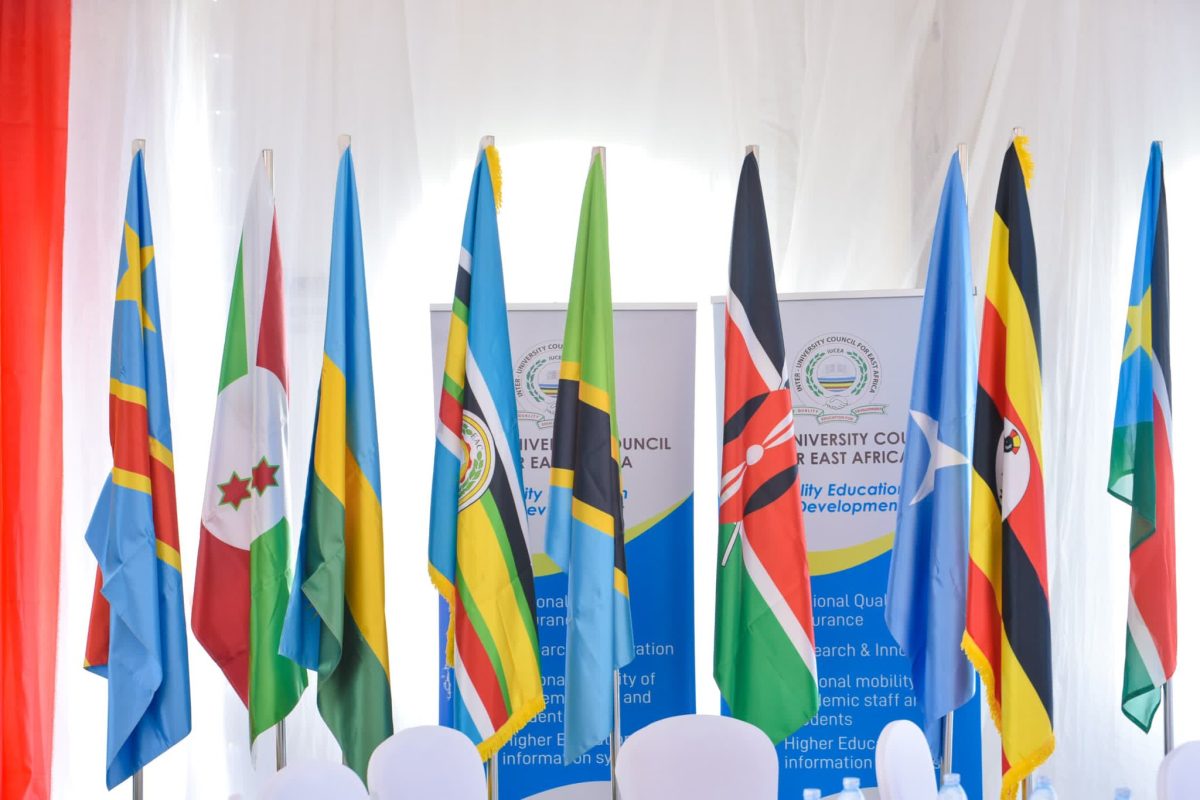The dream of making cross-border phone calls seamless and affordable is getting a major boost as East African Community (EAC) Partner States reignited efforts to cut the cost of mobile roaming and build a truly borderless digital market through the One Network Area (ONA) initiative.
Launched in 2015, ONA was designed to harmonise calling rates across the region, allowing East Africans to make and receive calls in neighbouring countries at local rates. The framework has already lowered roaming costs, but gaps remain, and regional leaders are determined to close them.
In August 2025, the Eastern Africa Regional Digital Integration Project (EARDIP) convened national consultations with governments, regulators, and mobile operators to chart the next phase of ONA. Stakeholders agreed that strengthening the framework is essential for traders, students, tourists, and businesses who depend on affordable, reliable communication.
“The message is simple, ONA must work for everyone: the trader crossing a border, the student studying abroad, and the operator investing in networks,” said Julianne Mweheire, Director of Economic Regulation, Content and Consumer Affairs at the Uganda Communications Commission.
Uganda, Kenya, Rwanda, and South Sudan embraced ONA early, with Tanzania and Burundi joining later. Now, the Democratic Republic of Congo (DRC) and Somalia, the newer members of the EAC, are preparing to follow suit.
“East Africans should be able to move, trade, and connect without worrying about exorbitant phone bills,” said Franklin Makokha of the Communications Authority of Kenya. Burundi’s Permanent Secretary for ICT, Ferdinand Manirakiza, added that affordable connectivity is “a key enabler of the free movement of people, goods, and services as enshrined in the EAC Common Market Protocol.”
DRC’s Dominique Mungimba Moket confirmed the country’s commitment to join fully, while Somalia’s Naima Hassan stressed the strategic importance of harmonising telecom rules to support regional economic growth.
While affordability remains the top priority, stakeholders highlighted other hurdles. They pointed to persistent fraud such as SIM boxing, the need for fair-usage rules to prevent abuse, protections for smaller operators so they are not priced out, and clear enforcement mechanisms to ensure compliance.
Consumer awareness is another critical gap. Many East Africans remain unaware that ONA already allows them to call across borders at local rates, meaning the benefits are underused. Effective public education campaigns will be key to unlocking ONA’s full potential.
A revised ONA framework is expected to introduce stronger safeguards, fair usage rules, and adapt to new technologies such as e-SIMs, Internet of Things (IoT) roaming, and data-driven services.
Countries voiced strong support for these enhancements. Rwanda’s Fidel Karenzi reaffirmed his country’s commitment to “any citizen-focused digital initiative that delivers clear socio-economic benefits,” while Tanzania’s Fuad Adam Rwabuhungu called a harmonised roaming regime “a catalyst for business growth and regional integration.”
For ordinary citizens, the payoff means lower roaming costs and better connectivity when travelling across the region. For mobile operators, a standardised framework means fairer rules and a more predictable business environment.
As Papiti Okwacu of South Sudan’s National Communications Authority put it, “A harmonised roaming regime is key to regional integration.”
With strong political will and private-sector support, East Africa is closer than ever to a single, seamless telecommunications market, one that turns the promise of regional integration into a daily reality for millions of people.

